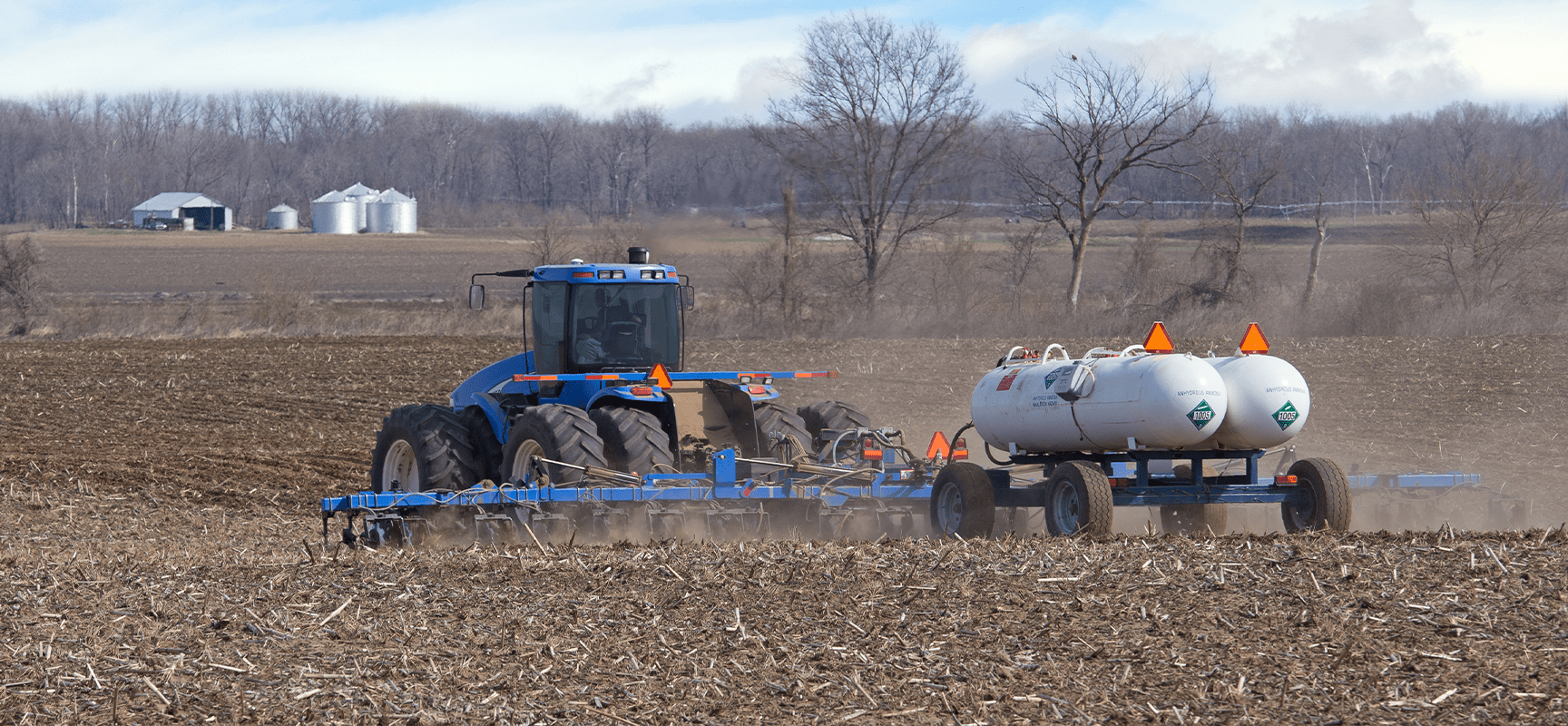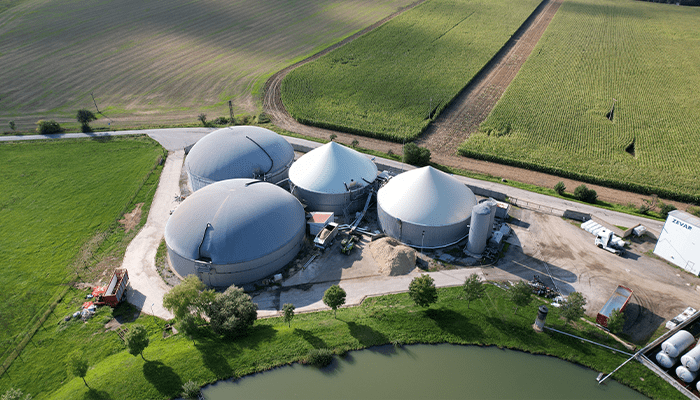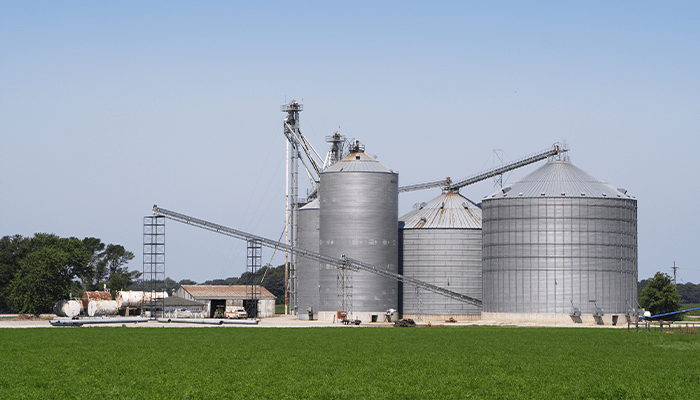
The Importance of Safety When Working with Anhydrous Ammonia in Agriculture
Nitrogen is the cornerstone of crop production, vital to plant health and growth. However, one of the most efficient yet challenging sources of nitrogen is anhydrous ammonia (NH3). While NH3 is an effective fertilizer, it comes with significant hazards that require careful handling and understanding.
Understanding Anhydrous Ammonia
Anhydrous ammonia is a nitrogen-rich compound that is stored as a high-pressure liquid. Despite its effectiveness as a fertilizer, it is a toxic gas that poses serious health risks if not managed properly. Inhalation of NH3 vapor can lead to severe respiratory injuries, while contact with the liquid or vapor can cause freeze and chemical burns to the skin and eyes.
The good news is that when handled correctly, anhydrous ammonia can be a cost-effective solution for enhancing crop yield. However, those working with NH3 must have the proper training and preventive measures to mitigate risks.
The Importance of Personal Protective Equipment (PPE)
Safety is important when handling NH3. Here are some essential PPE items that workers should use to stay protected:
- Ventless goggles or a full-face shield protect the eyes from harmful exposure.
- Rubber gloves with long cuffs should be rolled to catch drips and prevent skin contact. Nonrubber gloves made of ammonia-proof material are also acceptable.
- Long-sleeved shirts and protective clothing help shield the skin from accidental exposure.
- Avoid contact lenses, which can trap ammonia gas, leading to severe eye injuries.
- Keep a 6 to 8 fl. oz. squeeze bottle of water on hand for rapid response to any accidental exposure.
During potential spill situations or clean-up operations, additional protective gear should also be worn, such as boot/shoe covers, jackets, and pants made of ammonia-impervious materials.
Responding to Exposure Emergencies
In the event of exposure to NH3, immediate action is crucial to minimize damage:
- Flush exposed areas with clean water: Aim to flush for at least 15 minutes, whether the eyes, skin, nose, or throat. If clean water is unavailable, nontoxic liquids like cold coffee or orange juice can be alternatives.
- Remove contaminated clothing: Handle this cautiously, especially if clothing is frozen to the skin, and always seek medical attention promptly.
- Inform medical personnel: Communicate that the exposure involves anhydrous ammonia, as this will guide their treatment decisions.
Proper Storage and Transportation Practices
To maintain safety while handling anhydrous ammonia, consider the following storage and transportation tips:
- Only use nongalvanized steel or iron containers, fittings, and piping for NH3. Never store other materials like propane in a tank previously used for anhydrous ammonia.
- When filling your NH3 tank, do not exceed 85% capacity, and always disconnect the fill hose before moving the tank. Remember to bleed any pressurized ammonia from hoses before connecting or disconnecting.
When used responsibly, anhydrous ammonia can significantly benefit crop production. Understanding its risks and implementing stringent safety precautions will help protect yourself and your team. By prioritizing safety through proper PPE, emergency preparedness, and adhering to safe handling protocols, you can harness the benefits of NH3 while minimizing risks.
Related articles

Carbon credits as a concept have been around for years, offering both environmental and economic opportunities for the agriculture sector. With sustainable practices taking center stage, it's...

The outlook for the U.S. poultry market is promising as demand remains high, flock populations have recovered, and market prices are expected to increase, according to the USDA’s August 2024...

Grain entrapments are down 36 percent in 2023, according to Purdue University's Agricultural Safety and Health Program's latest "2023 Summary of U.S. Agricultural and Confined-Space Related Injuries...